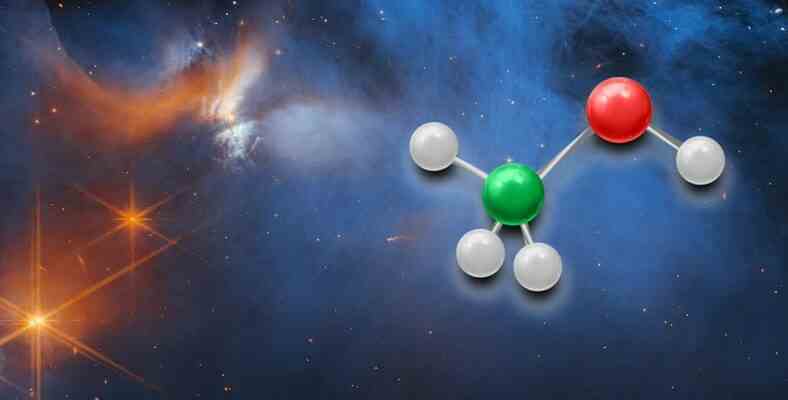NASA has discovered complex molecules in the icy structure of a nebula just a few hundred light-years from Earth. The discovery pointed out that planets in the star system that will consist of nebulae may be suitable for life.
Located a few hundred light-years from Earth’Chmaeleon IThe nebula named ‘ hosted a great discovery today. Minerals vital to a habitable planet have been discovered in the coldest and darkest nebula ever discovered in the universe.
The frozen states of molecules such as carbon, hydrogen, oxygen, nitrogen and sulfur, which are the most basic components that must be in a habitable environment, were found. Among these molecules the most basic complex organic molecule methanol was also included.
So what does this discovery point to?
- Chamaeleon I through the eyes of James Webb.
The presence of molecules more complex than methanol in the nebula means that the molecular clouds found before stars were born presence of complex molecules in icy depths proved for the first time. Of course, this ‘evidence’ is not the only meaning of this discovery.
Will Rocha of Leiden Observatory said that the discovery of complex organic molecules will enable future stellar and planetary systems to occur in the nebula in question to have molecules in advanced chemical state. He also added that the prebiotic molecules on the planets are a result of the formation of stars.
In other words, only the rich and complex molecules that make a planet habitable Not exclusive to the Solar System has been proven again.
Source :
https://www.nasa.gov/feature/goddard/2023/webb-unveils-dark-side-of-pre-stellar-ice-chemistry
